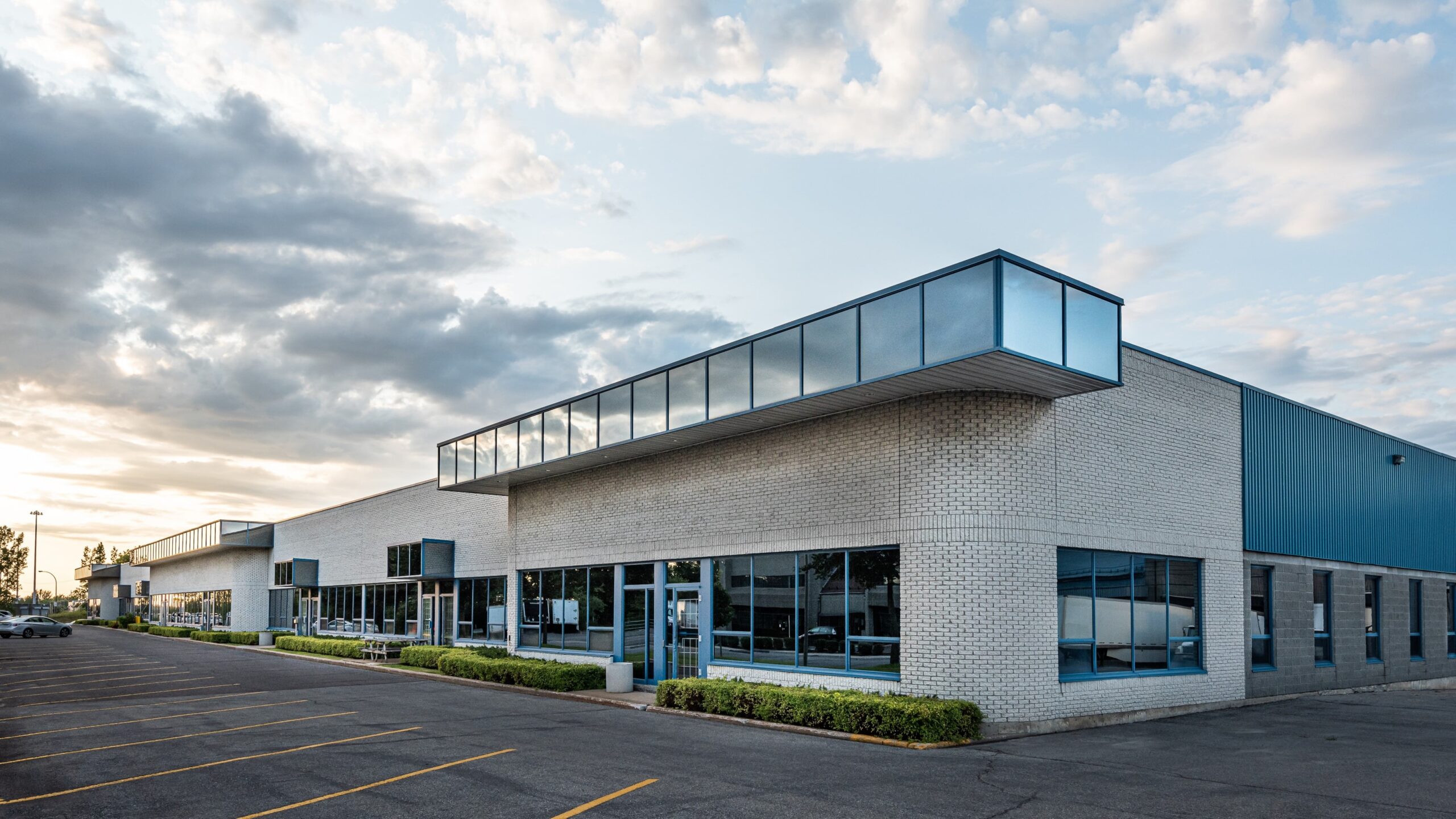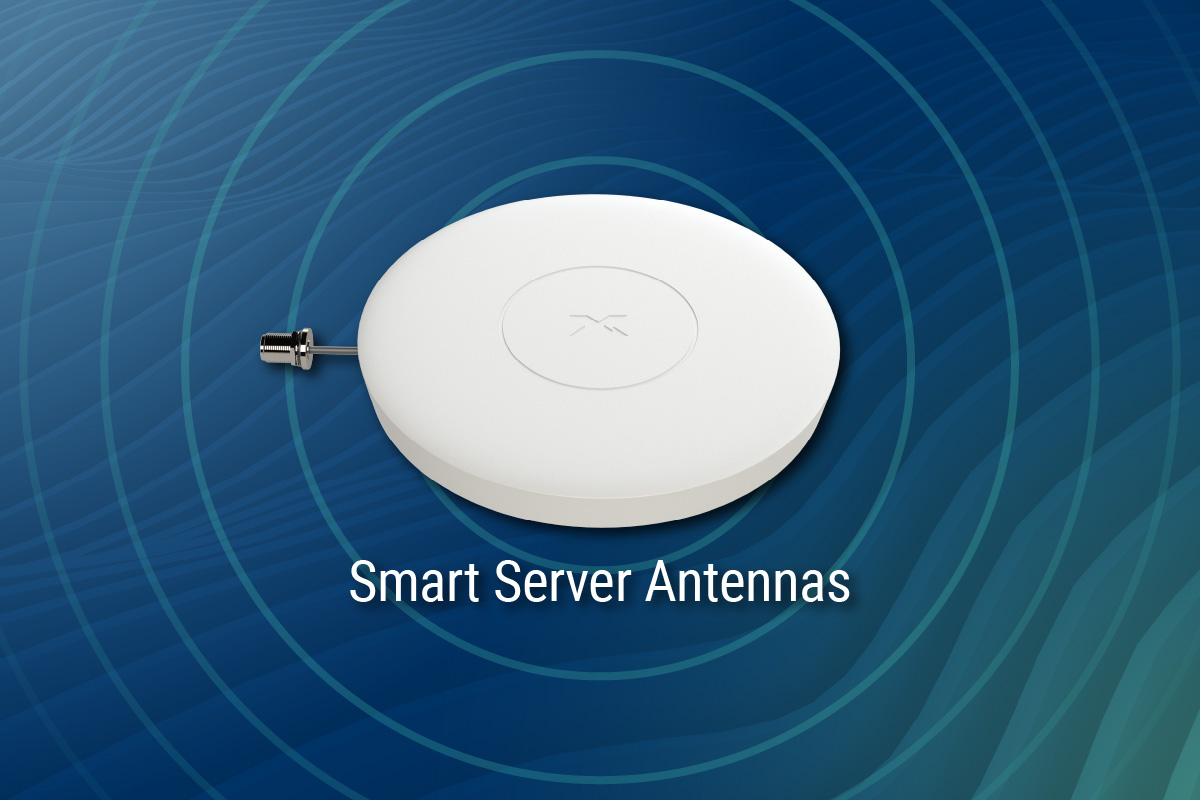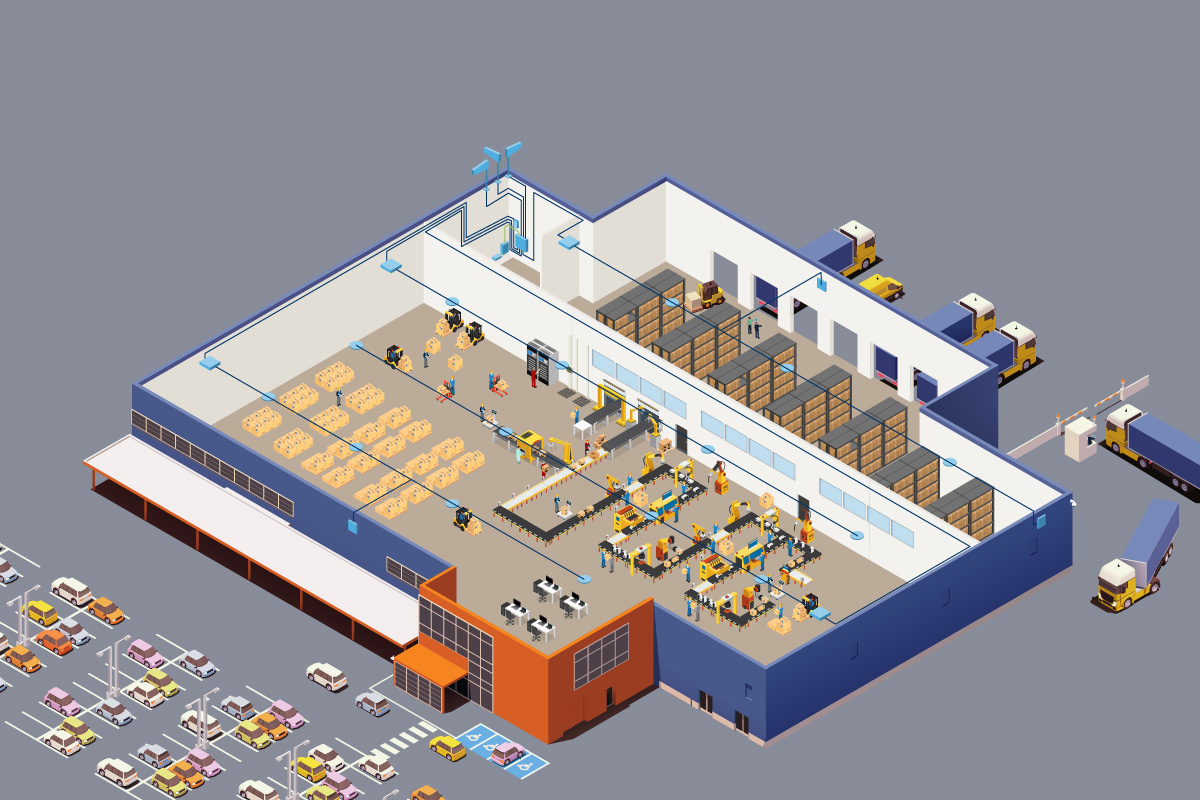Because traditional DAS is often too large and too expensive for small-to-mid-size businesses, Nextivity cell signal boosters for middleprise provide cost-effective options for improving in-building cellular connectivity.
While system integrators have historically focused on contracts to install large-scale distributed antenna system (DAS) networks to improve in-building cellular coverage in airports, convention centers, large public venues, and campuses, most businesses could solve their in-building connectivity challenges with cell signal boosters for middleprise. According to the U.S. Energy Information Administration (EIA), the United States has 9,000 buildings containing more than 500,000 square feet with 8 billion feet of total floor space, meaning the large majority of structures could benefit from cell signal boosters for middleprise. These smart solutions offer the same performance as legacy DAS at a fraction of the price and installation time.
More recently however, these large system integrators have considered venturing into in-building DAS installations in the less saturated, but much larger, middleprise market — commercial and public buildings between 50,000 and 500,000 square feet. According to the EIA, there are 351,000 of these buildings with 40 billion feet of total floor space.
M S Benbow & Associates (MSB), a consulting firm with headquarters in Louisiana that has a strong focus on telecommunications engineering, has successfully competed in the large-scale DAS market with deployments in venues such as the Superdome and DFW Airport. MSB also saw the opportunity in the middleprise market and set up an in-building department with the necessary certifications, engineers, installers and structured cabling techs for deployments across the U.S.
“Typically, we’ll finish a big project, and then we’ll have four to six months before the next one,” said Taylor Underwood, an MSB telecommunications engineer. “Big projects are a lot of money, but we still want to find work to fill time in the down time, The smaller projects are a lot easier to sell, and you can hop in and out in a couple of days.”
Middleprise In-building Cellular Coverage Technology – Similar, But Not the Same
Many of the largest integrators, particularly those that focus on macro telecom infrastructure, don’t have a department that handles in-building cellular coverage for buildings with less than a million square feet. This represents an opportunity to collaborate with organizations like MSB. Because traditional DAS is often too large and too expensive for the needs and budgets of middleprise facilities, it is essential to propose a cellular coverage solution designed specifically for this market. This is where cellular signal boosters come into play. Subcontractors experienced with solutions for this segment are often brought on to support the work being done by general, low-voltage, structured cabling and macro infrastructure contractors.
Structured Cabling Technicians and Supervision
Category, coax or fiber cabling is often deployed inside a building by structured cabling technicians. Although these techs know how to run the lines, they don’t necessarily understand the underlying technology being used, so mistakes can be made.
New Cost-effective Way to Leverage Fiber
Traditional DAS networks are still the gold standard for the largest facilities. These systems often use dedicated signal sources and fiber-optic backbones to supply the headend and remote units inside a facility for solid transmission speeds up to 1 Gbps.
However, traditional DAS solutions are not always financially viable for most facilities under 1 million square feet. This is due to the high upfront cost of equipment, extensive length of installation time and contract negotiations with carriers, and extra operating expenses due to the heat, electrical and air conditioning loads.
“The structured cabling techs know how to run wire in the conduits, how to run Ethernet cables, and they might throw in fiber through the conduits, but they don’t know exactly what the outcome of their work is as they are not the ones hooking up the equipment,” said Underwood. “Sometimes poor installations occur. For example, I’ve seen antennas placed right next to large metal hoods in a kitchen. That is a very PIM-prone environment and can end up amplifying subharmonics where multiple frequencies mix together. You also get a lot of reflected power back into a system and it actually causes interference on itself. “We perform multiple walkthroughs and provide oversight to ensure the work is done correctly.”
To address the needs and budget of this market segment, in 2017 Nextivity launched the CEL-FI QUATRA family of Active DAS Hybrids. These single, dual, or multi-carrier, cell signal boosters for middleprise is fully digital, carrier-approved and guaranteed network-safe. The system can be deployed with an off-air donor signal or connected to a small cell to create a distributed small cell network called a supercell. Also, the installation can be accomplished in just days by certified installers versus months typical of a traditional DAS, and at a fraction of the cost.
Active DAS Hybrid cell signal boosters for middleprise can amplify cellular signal to a maximum of 656 horizontal or vertical feet with 100 dB gain simultaneously delivered on multiple carrier networks using category cable between the headend and remote units inside a facility. However, a new fiber hub add-on to the CEL-FI QUATRA DAS now also allows fiber runs from the headend to as far as 1.25 miles away, making the Active DAS Hybrid a viable solution for a multi-building complex, high-rise, or facilities in remote locations at the edge of macro coverage, such as a data center embedded in a mountain or a tunnel.
“The fiber hub fits into the infrastructure like traditional DAS but without being traditional DAS,” Underwood said. “The fiber hub allows us to provide cell service to multiple and larger buildings, all while cutting down on the infrastructure costs.”
Interference with the Macro Network
Facility managers or occupants of a building with poor cellular reception will often attempt to fix the weak cellular signal inside their buildings by installing multiple small repeaters. They inevitably call the carrier to report they still have poor coverage and cellular issues. “This happens frequently at plants,” said Underwood, who was previously the market interference subject matter expert at a major carrier. “Somebody installs a cellular repeater, but the signal isn’t strong enough to cover the whole building. So, they’ll add another cellular repeater on the other end of the building, because it’s cheap and cost-effective for them. This results in buildings with antenna farms that cause noise and interfere with each other. It also degrades overall quality of the network for the carriers, which doesn’t affect just those people in the building — it affects everybody on the network outside of the building using that cell tower.” Underwood said that with the fiber hub, “we can place a single antenna in a central location, even at a multi-building campus, with no interference on the macro network.”
SLA Confidence with an FCC Part 20 System
An FCC Part 90 system, as does a traditional DAS, offers many more bands than a Part 20 system usually deployed in middleprise facilities. Such a Part 20 system supports two bands per carrier, and many Nextivity cell signal boosters for middleprise fall under Part 20. Still, in most middleprise buildings, two bands are sufficient to meet SLA requirements and may only run into a problem when there is a particularly high population density within the facility. According to Underwood, capacity and RF propagation planning should be done as part of an in-building system design, even for buildings with less than 500,000 square feet. Although the Active DAS Hybrid is available as both FCC Part 20 and 90 systems, there are advantages to installing a Part 20 solution.
“Many people are skeptical about a Part 20 device, including myself, but we have seen that the QUATRA Part 20 Hybrid is a good, solid, reliable product,” Underwood said. “I can order the equipment, have it installed quickly, and sign off through the carriers’ websites immediately.”
As any large-scale DAS integrator knows, all carriers have different standards. For a typical traditional DAS installation, the systems integrator has to deal with four different sets of teams that may want different things to sign off on an installation agreement. “This can take months and is a huge factor when the client doesn’t have $20,000 or more in additional budget to negotiate contracts with the carriers,” Underwood said. “This can be a significant differentiator in a competitive proposal to a middleprise customer.”
In-building Cell Signal Boosters for Middleprise Deployment Example
MSB recently completed an Active DAS Hybrid installation at a three-building, new construction, K-6 school with 236,000 square feet of indoor space. The construction general contractor hired a low voltage subcontractor to be responsible for installing a cellular coverage solution. Fortunately, the subcontractor recognized a need for a specialty design and build integration firm and connected with MSB to deliver a solution.
MSB used iBWave to design the system. “The entire school was constructed as a LEED-certified building, so it was a giant Faraday cage with no cellular signal coming in or out,” said Underwood. “Outside, they had a fairly decent signal, but the moment you walked inside, all the materials were RF-blocking, causing no signal.”
The headend of Active DAS Hybrid was placed in the two-story main building, and six strands of single mode fiber were run 700 feet from the headend to the other buildings. The fiber was cut and spliced at key points, so they went back and forth between the buildings, providing full redundancy with a couple of backups and an alternate route if needed. Four antennas were put on the roof of the main building, one for each carrier, to provide the signal source for delivering cellular coverage to the entire school.
“It took two of us about a week to get everything turned up and checked out including the cables, antennas and sweep testing,” Underwood said. “I asked a couple of carriers to pull stats to make sure they were happy, and it came back all good with no interference. It took us an hour to commission the system. It was incredibly easy. The system can monitor itself for any type of interference that is introduced into the system, and it has an online portal and apps for remote performance monitoring, which is important to us in providing maintenance and ensuring we meet the standards we promise.”
According to Underwood, the entire system, including installation, cost the school about the same as it would have cost for only a headend of a traditional DAS.
A version of this article was originally published by AGL Magazine




